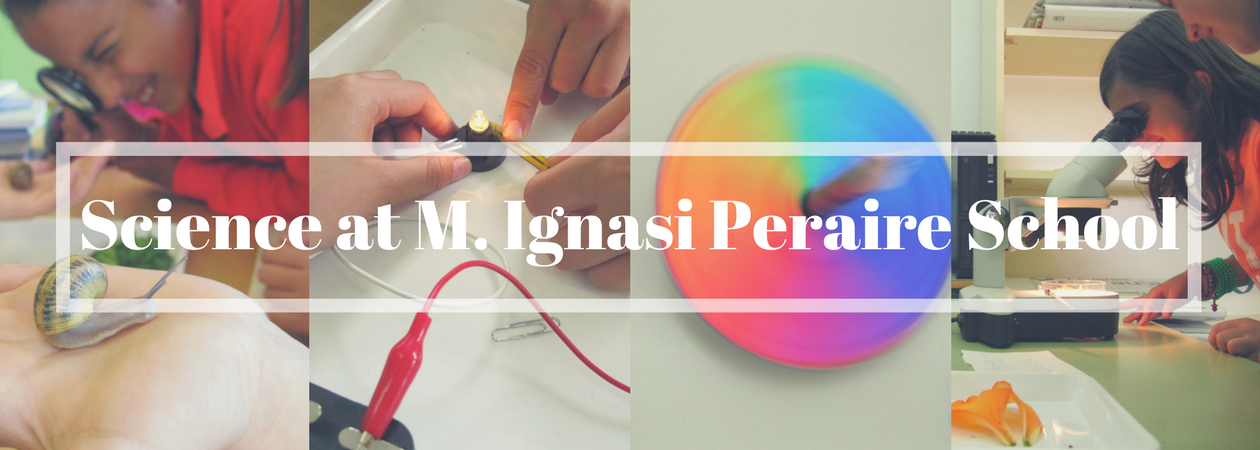Here there is another (Halloween) STEM Challenge:
"Build the longest and strongest possible BONES BRIDGE."
Pupils were given 25 minutes and the following material:
At first, they found the challenge pretty hard. It was difficult to build a stable bridge and capable of supporting weight.
Pupils needed some extra advice. So, they watched the following video and we talked about it in class:



































